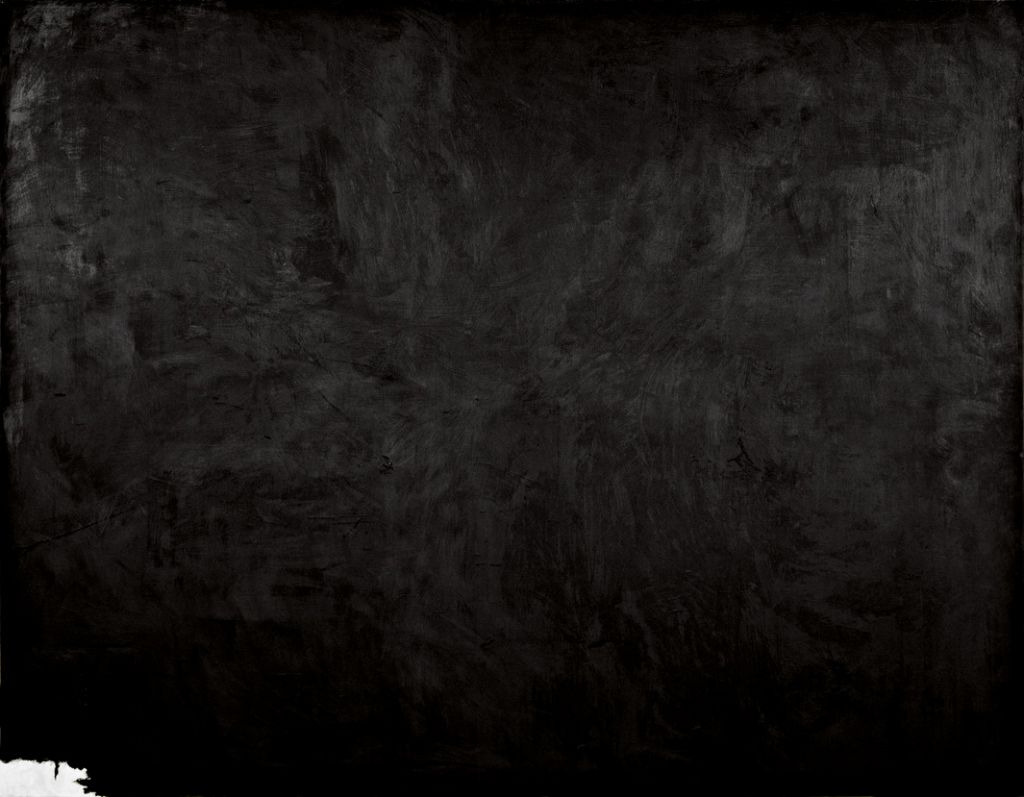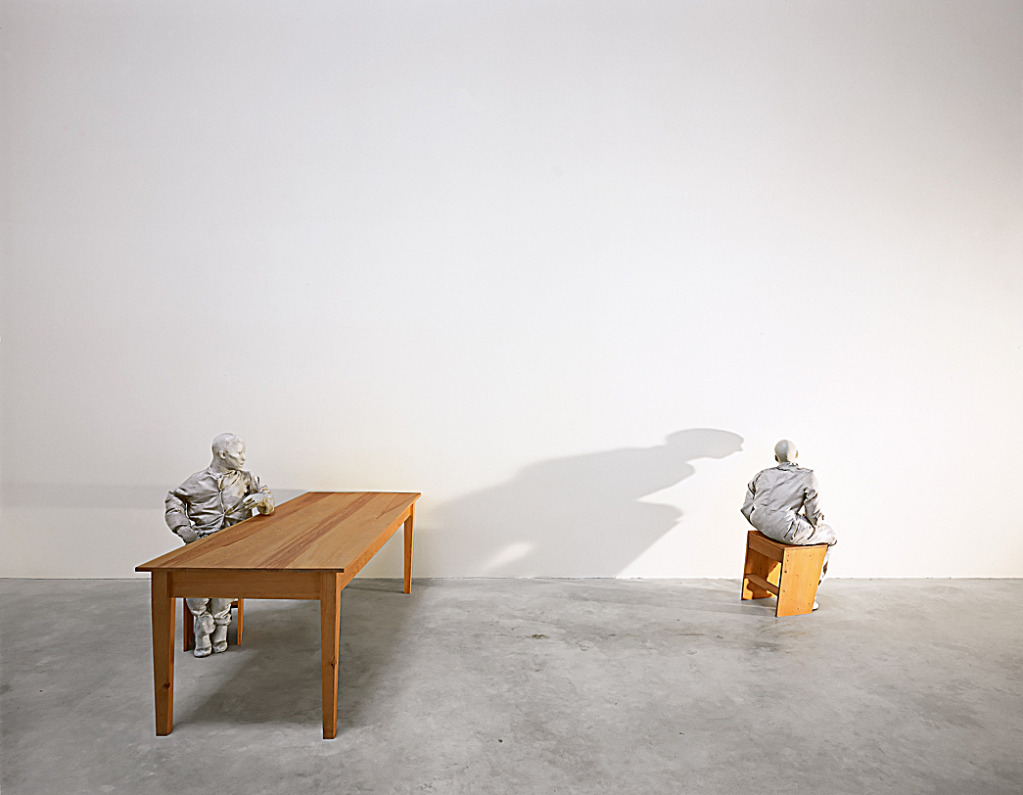Phoenician Red Studio
1977Acrylic and charcoal on canvas218.44 x 487.68 cm
Robert Motherwell was among the youngest of the disparate group of American abstract artists that emerged during the 1940s and came to be known as the New York School or the School of New York-a term he was responsible for inventing. Unlike fellow Abstract Expressionists such as Jackson Pollock and Mark Rothko, Motherwell spent his formative years acquiring a university background, studying philosophy—above all aesthetics—before shifting to art history. Through Meyer Schapiro, a distinguished art historian at Columbia University, he was introduced to a number of the European artists who had taken refuge in New York with the outbreak of World War II, particularly Matta and other Surrealists, whose automatist methods had a major influence on him. By 1941 Motherwell had decided to become a full-time artist, and he rapidly gained attention for his collages and abstract paintings in the early to mid-1940s, showing at Peggy Guggenheim's museum/gallery Art of This Century and, by 1946, at the Museum of Modern Art. Motherwell's position in American art history rests not only on his oeuvre as a painter, but also on his prodigious accomplishments as a public intellectual: he served as an important spokesperson for the group of New York artists around him and left behind an extensive body of writings.
During the late 1960s Motherwell began a series of paintings that he grouped under the heading "open." These, he said, had an "inside/outside window metaphor" and were characterized by their trapezelike linear shapes suspended at various levels in the paintings. [1] When he came to paint Phoenician Red Studio (1977), Motherwell retained the linear rectangle suspended from the upper edge of the painting and embedded the strange figures from the Phoenician alphabet in a seemingly torn-out space that adds another planar dimension. He worked the surface of the saturated red with slight variations in density, which reinforces the painting's flaming luminosity. He himself remarked that this painting refers to Henri Matisse's famed painting The Red Studio (1911), in the collection of the Museum of Modern Art, a key work that artists in New York often visited. Motherwell was not the only member of the Abstract Expressionist group to be haunted by Matisse's image: his friend Rothko not only relished it, but painted several oblique homages to it. Motherwell's homage also contains a reference to ancient art, a subject all the members of the group had explored in their early years as part of the search for a more pure, more evocative idiom. Motherwell explained that the drawing within the rectangle refers to two letters of the ancient Phoenician alphabet and said that he had always loved that alphabet "because its signs obviously originate in natural gestures when using a stylus in clay, and are always natural forms when made, as in this case, with a charcoal stick."
The "natural gesture" to which Motherwell alluded had always been a value in his personal aesthetic, in which he sought to preserve the "natural" (which is to say, the spontaneous) gesture, while anchoring it with quasi-geometric forms. He added a strongly sensuous element by means of color, in this case Phoenician red. "I have always loved the redness of red," he said, and in this painting its saturated vividness clearly reflects his joy in creating a great field of redness that seems to extend far beyond the canvas itself.
1. This and subsequent statements by the artist are from conversations with Dore Ashton, quoted in Ashton, "Robert Motherwell," in Guggenheim Museum Bilbao Collection (Bilbao: Guggenheim Museum Bilbao; Madrid: TF Editores, 2009).
Source(s):
Dore Ashton. "Robert Motherwell." In Guggenheim Museum Bilbao Collection. Bilbao: Guggenheim Museum Bilbao; Madrid: TF Editores, 2009.
Original title
Phoenician Red Studio
Date
1977
Medium/Materials
Acrylic and charcoal on canvas
Dimensions
218.44 x 487.68 cm
Credit line
Guggenheim Bilbao Museoa






